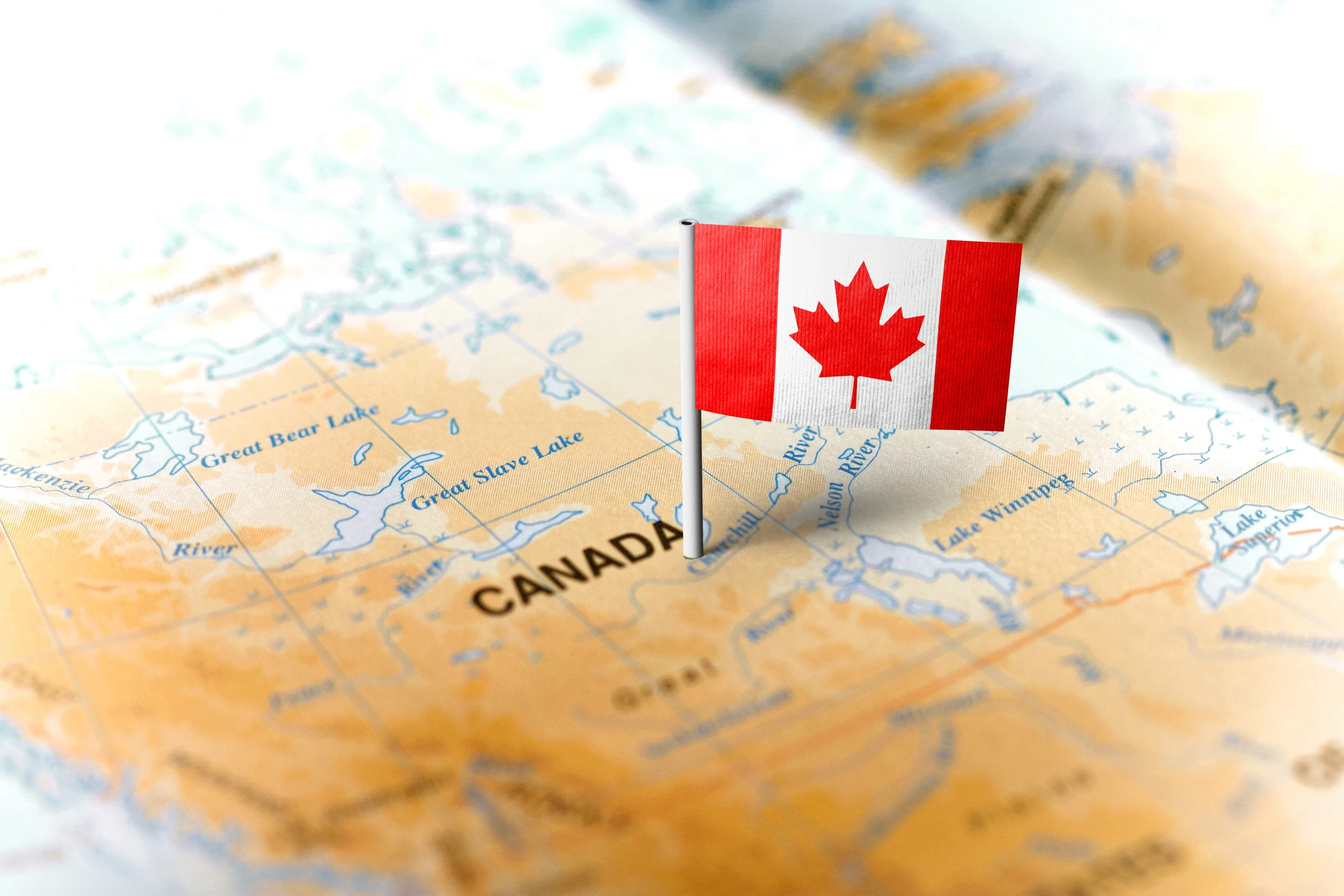Canadian substance abuse NGO calls for national strategy on gambling harms

Gambling regulation is currently handled by Canada’s crown provinces, meaning this would mark a significant shift in the treatment of gambling. However the CCSA believes a coordinated approach is necessary. Apps and sites licensed in provinces with liberalised markets are visible in those with more restrictive regimes, eroding the power of individual jurisdictions to limit industry visibility, it explained.
Rising availability could lead to rising harm
Its call follows a study authored by the CCSA and researchers at Greo Evidence Insights. This report does not provide specific evidence of a rise in gambling harms since the liberalisation of the Ontario market in 2022 or since the Safe and Regulated Sports Betting Act paved the way for single-event wagering spreading across the country in 2021.
“The impact of these significant changes in gambling policy on the health of Canadians is largely unknown as there is no national or provincial/territorial monitoring and surveillance of gambling-related harm,” the report explains.
Instead, it outlines how the proliferation of gambling could create a scenario that leads to increased harm in the country.
For example, single-event betting is now available across nine crown provinces, it explains, while Ontario’s liberal regime means 49 different gambling operators were running 72 sites as of December 2023. The province has an estimated population of 15.2 million people in 2024, according to World Population Review.
What has prompted the CCSA’s concerns?
The increase in legal gambling options and a proliferation of advertising causes four key concerns, the CCSA says:
- Early evidence – not shared in the report – suggests increased participation has been associated with increased gambling harms among the population and among vulnerable demographics.
- The CCSA believes types of betting made available such as single-event sports betting and in-pay betting are associated with greater risk of harm.
- High volumes of advertising normalise gambling, which is of particular concern for young people.
- Legal gambling is expanding at at time when Canadians are more vulnerable to gambling harm due to the cost of living crisis and the after-effects of the Covid-19 pandemic.
CCSA cites Ontario to back up harm claims
As the only province with a liberalised market, Ontario is used to back up the CCSA’s concerns about a spike in gambling activity. It points out CA$35.5bn was wagered online in the first year of legal activity, adding such a sum “cannot be explained simply by a movement of people from illegal to legal online gambling”.
Given 1.5% of the population was thought to gamble illegally in 2018 (according to a 2023 study) the CCSA claims each of these players would have to have wagered $200,000 a year to make up that handle. Furthermore, there has been a 300% increase in stakes from the province, from Q1 FY2022-23 ($4.08bn) to $17.8bn in Q4 FY2023-24.
Rising calls for advertising restrictions in Canada
The report’s publication also coincides with growing calls for a ban on gambling advertising, with Bill S-269 currently sitting with a parliamentary committee.
This aims to limit visibility of gambling by restricting the number, scope and location of ads and banning the use of celebrities and athletes for promoting sports betting.
Ontario has already enacted a ban on sporting and celebrity endorsements.
The CCSA believes the volume of gambling ads, repeatedly pairing sports with betting, normalises gambling, This, it suggests, leads people to think of betting as an integral part of being a sports fan.
“We have seen a massive increase in gambling advertising and opportunities to gamble. We can no longer watch sports with our kids or go online without being subjected to an overwhelming amount of gambling advertising,” said Dr Matthew Young, chief research officer at Greo and senior research associate at the CCSA. “Canada is at a critical moment in how it manages gambling.”
The need for a national strategy to tackle Canadian gambling harm
The CCSA therefore mapped out its proposal for a national strategy to limit the impact of recent changes on gambling harm rates.
- This strategy must set national standards governing the promotion and provision of gambling products.
- A national body must avoid perceived conflicts of interest that may arise from provincial or industry-formed proposals or initiatives.
- It must address inadequate funding for harm prevention and reduction initiatives and research across crown provinces.
- This must also ensure systematic monitoring of gambling harms, meaning its social and economic costs could be tracked.
- The strategy must also allow for a concerted drive to increase awareness of gambling harms among health and social service professionals and the public.
“A national strategy or framework – similar to what we have for alcohol, tobacco and cannabis – is critical to manage the expected increased in gambling harm, especially among youth and other vulnerable people,” Dr Young added.
Further development of the national gambling harm strategy
The strategy can be developed further, the CCSA added, by investigating and potentially regulating esports betting and loot boxes, to better protect young people.
It could also extend to enforcement, coordinating efforts across provinces to block unlicensed operators, such as through payment blocking by financial bodies.
Harm prevention messaging could also be standardised across provinces, while safer gambling measures could be made mandatory through regulation, it said, supported by a self-exclusion register.
Dr Pam Kent, director of research and emerging trends at the CCSA claimed increased gambling will “undoubtedly” result in increased harms and therefore increased societal costs. Again, this was not backed up by evidence beyond the rising instance of gambling in Ontario.
“These include healthcare costs, criminal-justice costs, child welfare costs, increased unemployment and lost productivity costs because of gambling-related suicide,” she said.
“We need to think about our approach. We need to ensure that it considers not only short-term government revenue and economic activity but also the longer-term societal costs. That’s why we need a national strategy.”
